My Philosophy and Recommendations Around the LastPass Breaches
Daniel Miessler
DECEMBER 24, 2022
It started back in August of 2022 as a fairly common breach notification on a blog, but it, unfortunately, turned into more of a blog series. After initiating an immediate investigation, we have seen no evidence that this incident involved any access to customer data or encrypted password vaults. Actually, some data was lost.


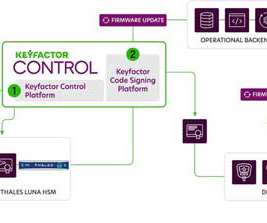







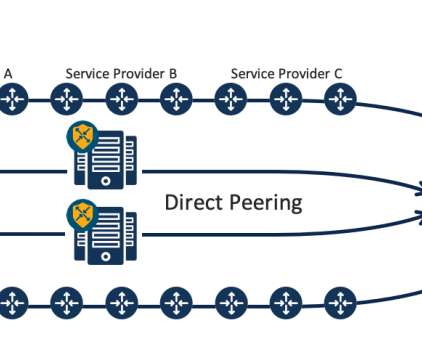
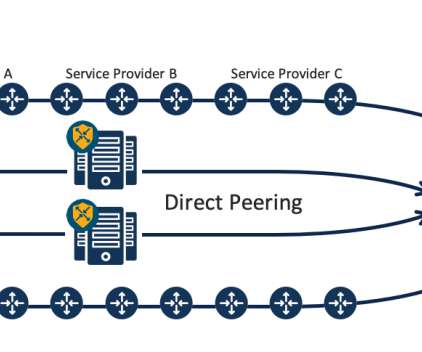


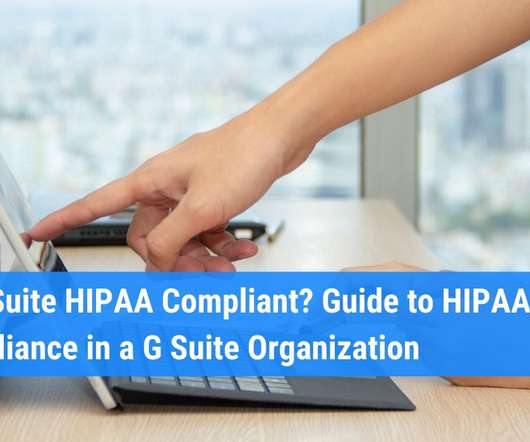
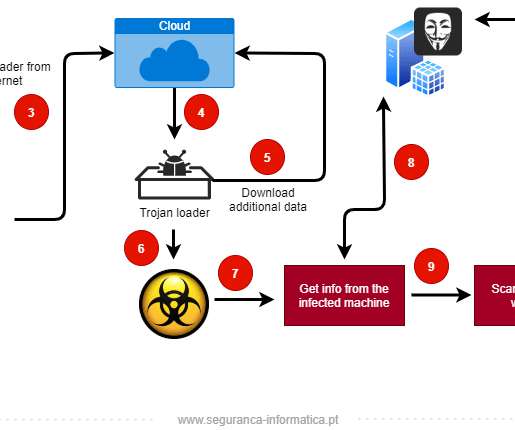



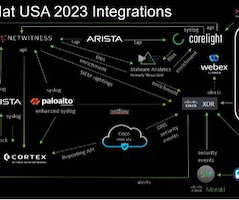






Let's personalize your content